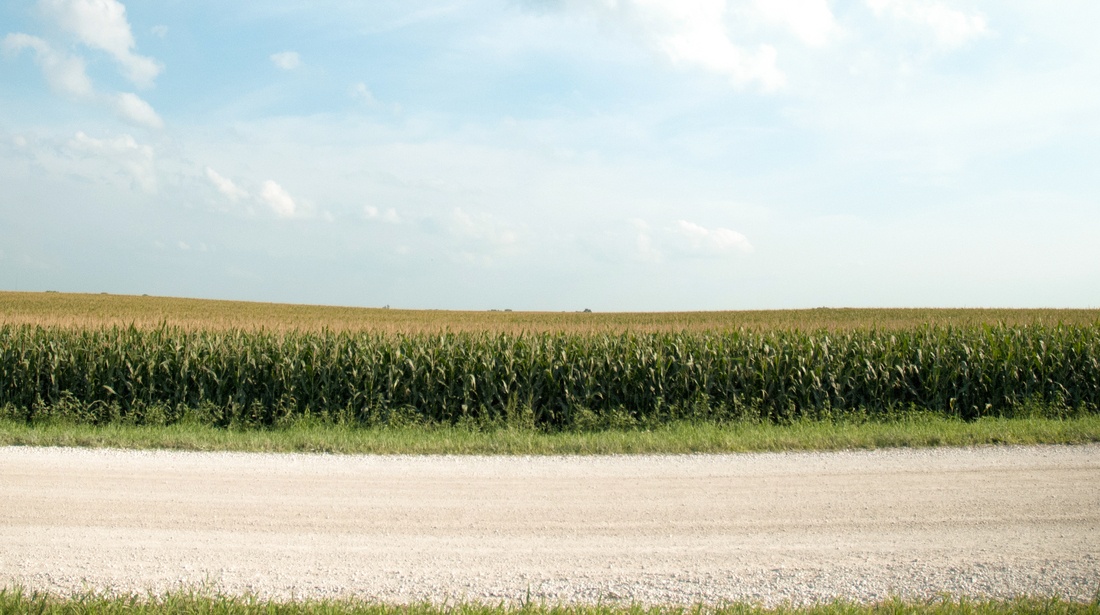Look beyond most recent results when reviewing corn and soybean options for 2024
November 2023Every year in farming is different, and that means results will vary. Before you nix a tried-and-true product from your 2024 portfolio, look at the historical yield data to paint a better picture of performance.

“Even the best seed genetics aren’t going to perform exactly the same every year,” says David Thompson, national marketing and sales director for Stine®. “For example, if you have one corn hybrid that had outstanding yield in 2021 and 2022 but fell slightly short in 2023, you shouldn’t throw it out for the next planting season just because it had a different year.”
As Stine develops new corn and soybean genetics, our breeders collect and evaluate lots of data across multiple years, locations and reps. The goal is to find widely adapted material, those genetics that will generally perform in almost any environment.
“One of the biggest mistakes a grower can make is basing his seed decision on a single year or field result,” says Thompson. “Every hybrid or variety will have its ups and downs, but those genetics that have proven themselves across multiple years and environments will provide the best measure of insurance.”
The same is true for any corn or soybean line. Stick to what works, but never be afraid to try something new. At Stine, we encourage growers to do both. Whether a product is new or established, always seek a broad base of data rather than a single year or location.
“We are very particular about the products we place in our lineup,” says Thompson. “And one of the foundations of our success has been our ability to find those genetics that give growers the highest probability of success.”
If you’re interested in learning more about our corn and soybean products and their historical yield performance, contact your local Stine sales rep or regional sales agronomist. For tips on deciphering plo
Related Articles
-

Start strong with Stine®: Maximizing your 2026 potential
January 2026 in Agronomy
-

Stine® to offer Syngenta’s Victrato® soybean seed treatment in 2026
December 2025 in Agronomy
-

Use Stine’s XP® seed treatments to prevent early injury to your crops
December 2025 in Agronomy
-

Understanding Stine’s enhanced oil profile soybeans
December 2025 in Agronomy



